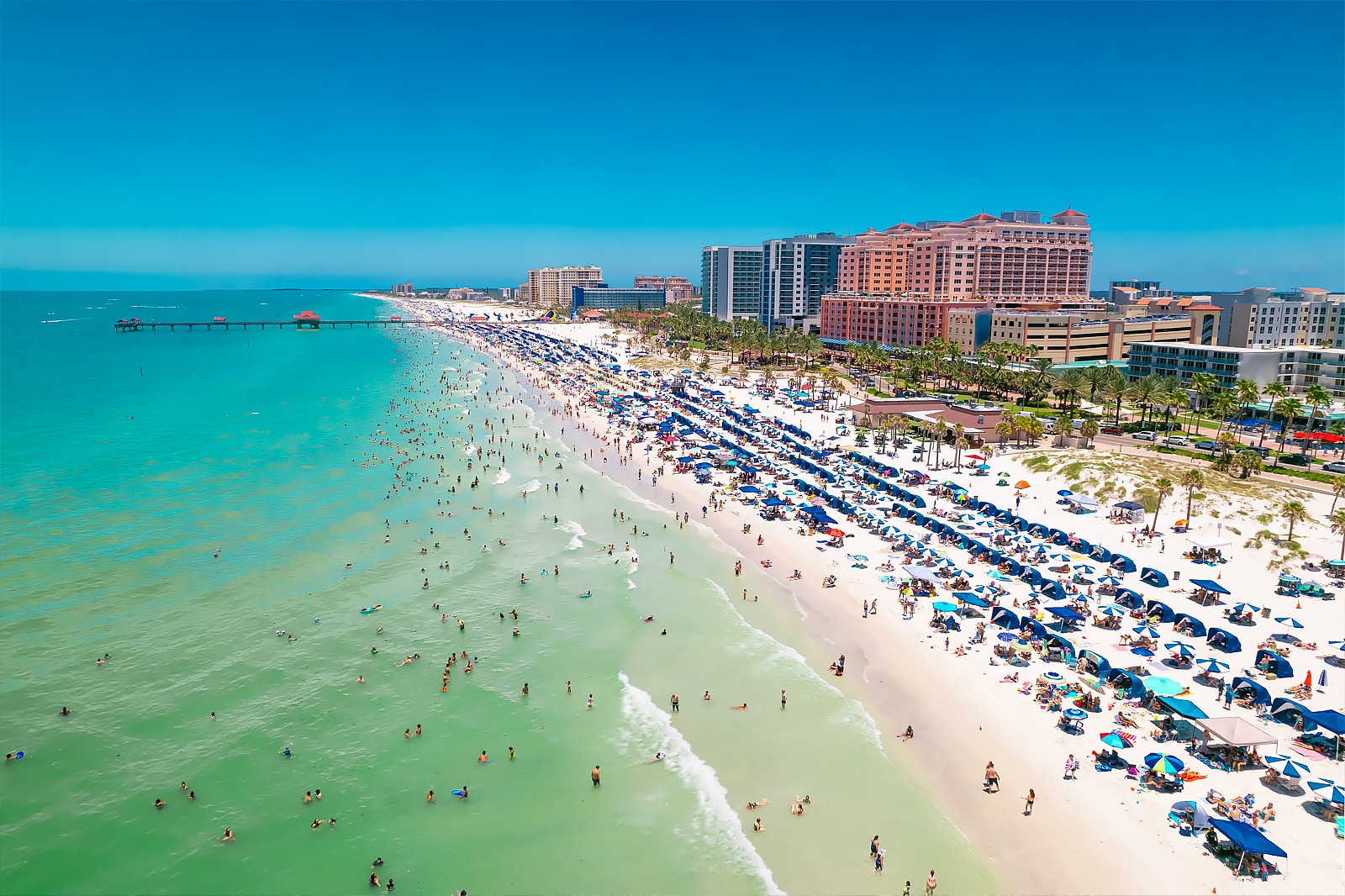A gargantuan mass of sargassum seaweed, spanning an estimated 5,000 miles, is drifting towards the Caribbean, posing a significant threat to the region’s tourism industry. This unprecedented seaweed invasion, dubbed the “Great Atlantic Sargassum Belt,” has already caused widespread disruption to coastal communities and ecosystems.
The sargassum influx is attributed to a combination of factors, including increased nutrient runoff from agriculture and deforestation, as well as changes in ocean currents and climate patterns. As the seaweed accumulates on beaches and shorelines, it releases hydrogen sulfide, a pungent gas that can cause respiratory problems and deter tourists.
The economic impact of the sargassum crisis is substantial. Tourism is the backbone of many Caribbean economies, and the seaweed invasion has led to a decline in visitor numbers and revenue. Businesses are struggling to cope with the loss of tourism income, and local communities are facing increased hardship.
In addition to the economic fallout, the sargassum invasion poses environmental threats. The seaweed smothers marine life, disrupts underwater ecosystems, and damages coral reefs. The decomposition of sargassum can also deplete oxygen levels in the water, further harming marine life.
Addressing the sargassum crisis requires a multi-pronged approach. Reducing nutrient pollution from land-based sources is crucial to prevent further seaweed growth. Additionally, developing effective methods for collecting and removing sargassum from beaches and waters is essential to mitigate the immediate impact of the invasion.
International cooperation is also vital to tackle this transboundary issue. Caribbean nations need to collaborate on research, monitoring, and management strategies to effectively address the sargassum crisis. Sharing knowledge and resources can help to minimize the seaweed’s impact and protect the region’s tourism industry and marine ecosystems.
The sargassum invasion serves as a stark reminder of the interconnectedness of our planet and the far-reaching consequences of environmental degradation. Addressing this crisis requires a collective effort from individuals, communities, businesses, and governments to safeguard the health of our oceans and the well-being of those who depend on them.


